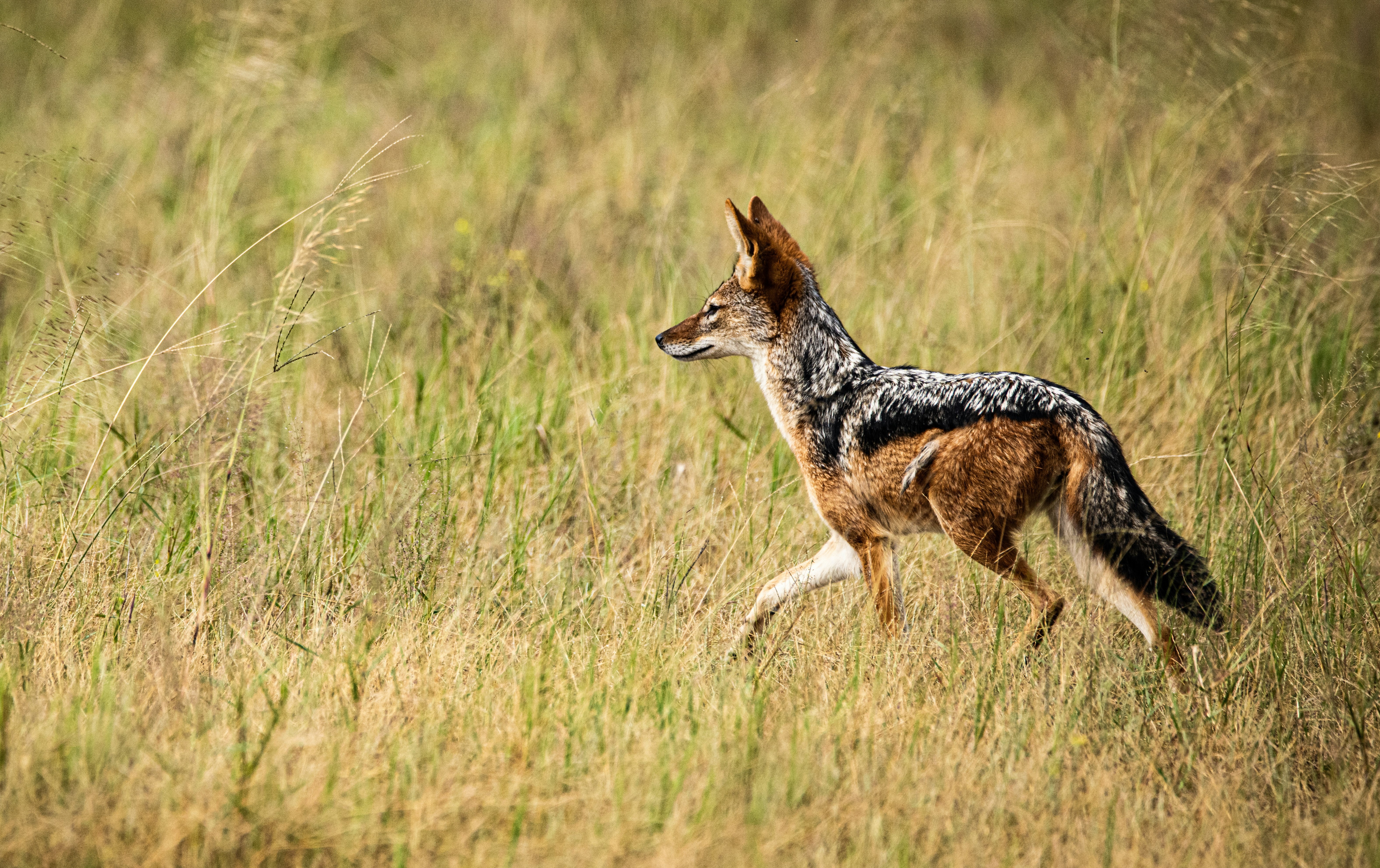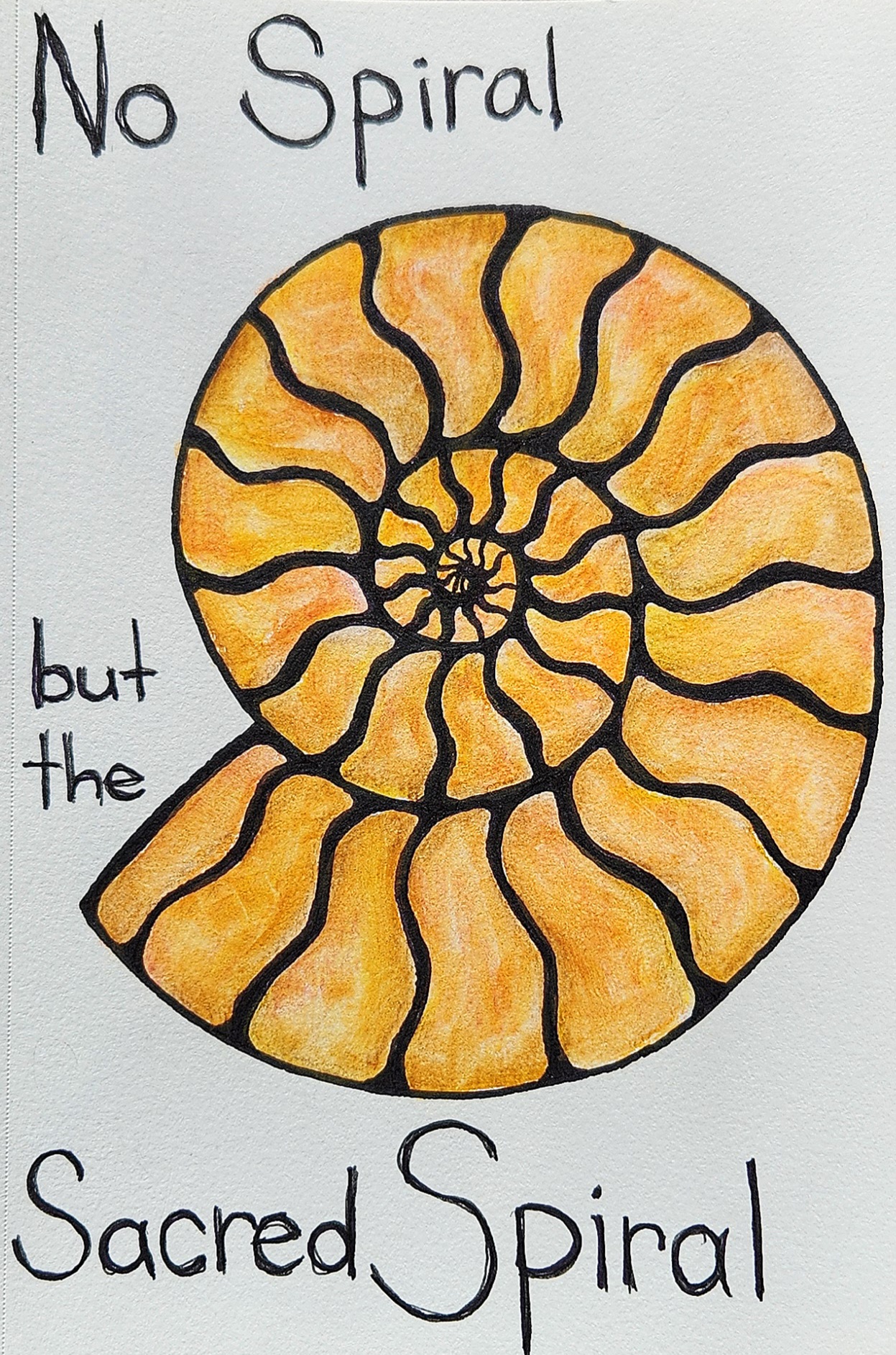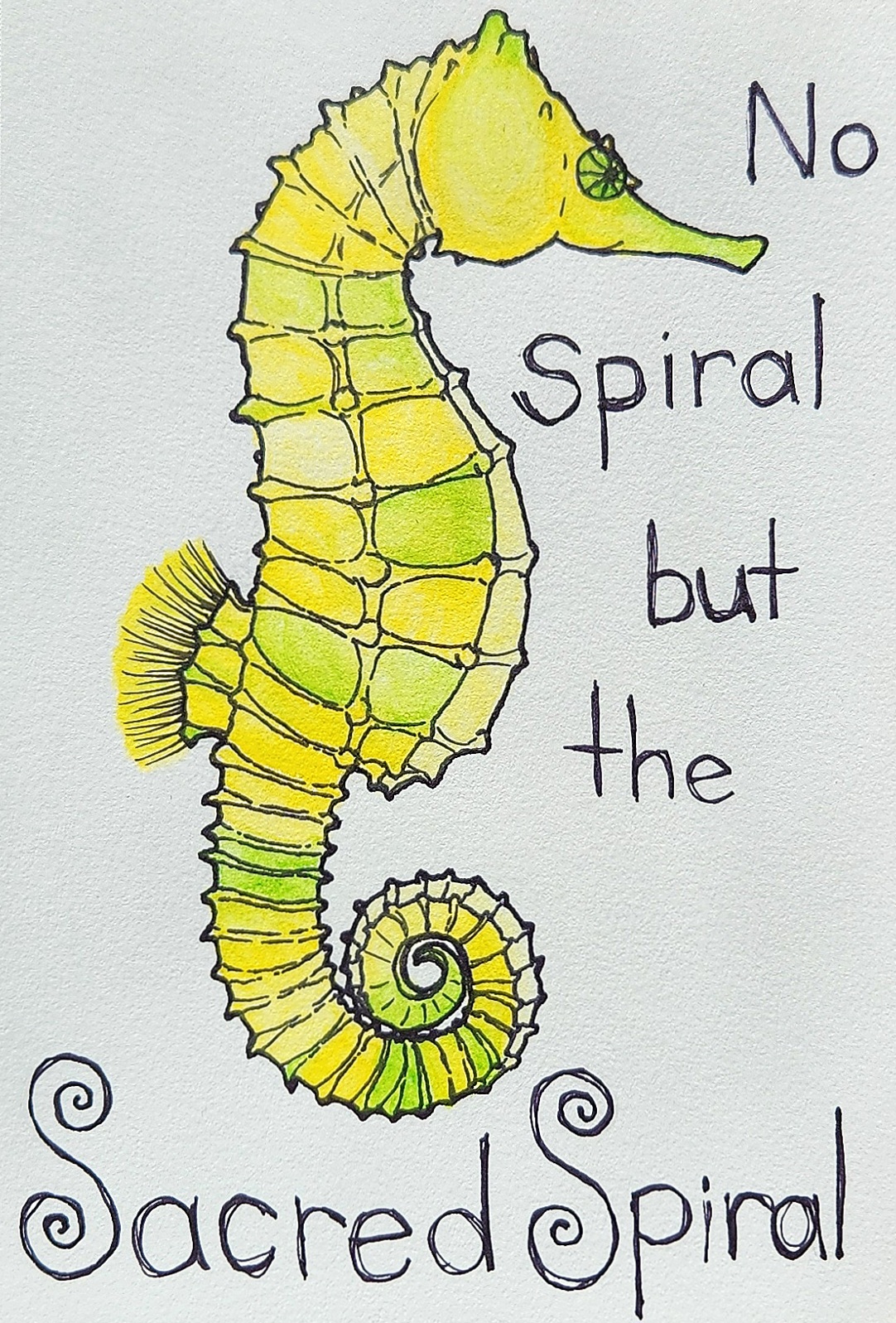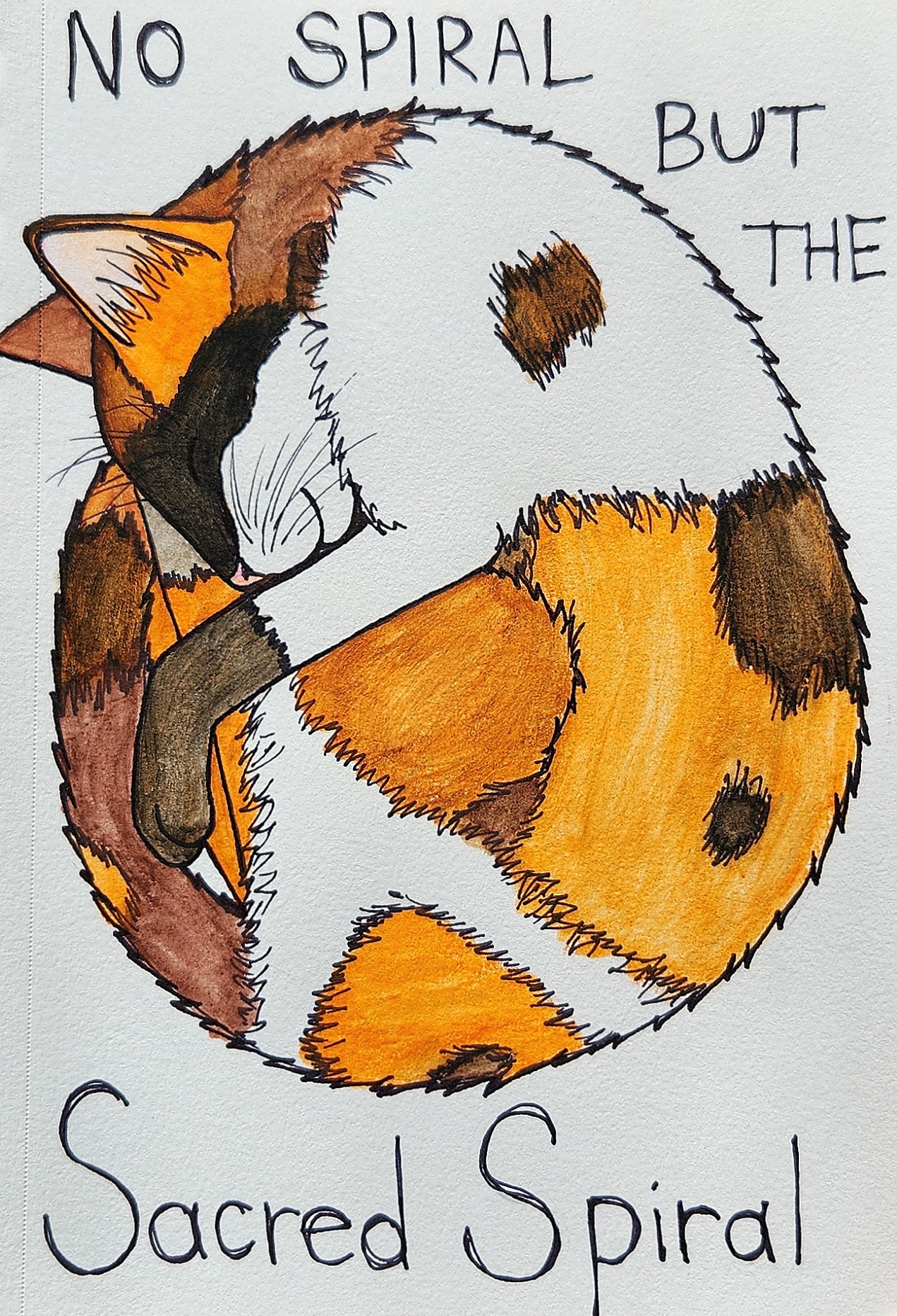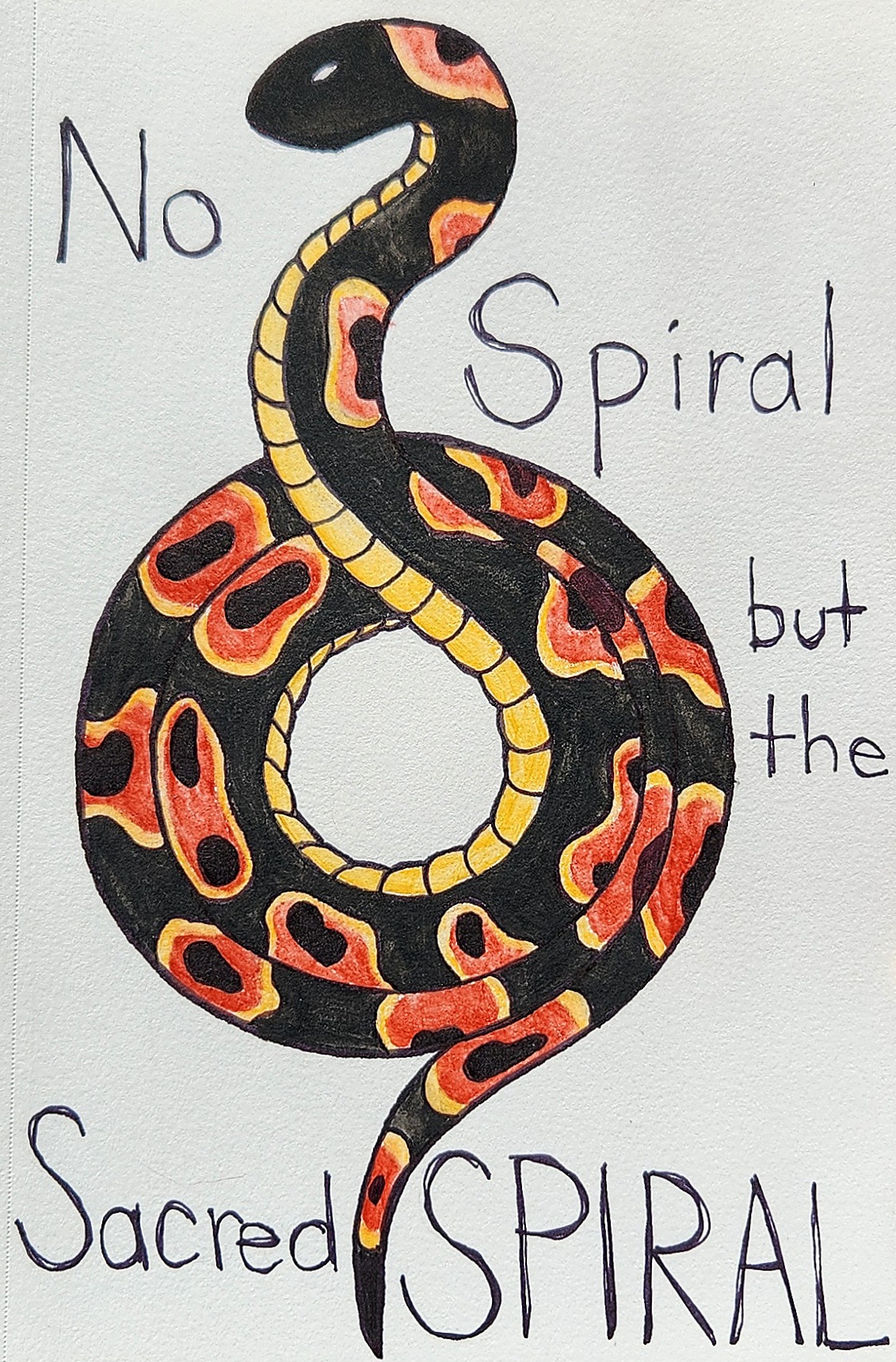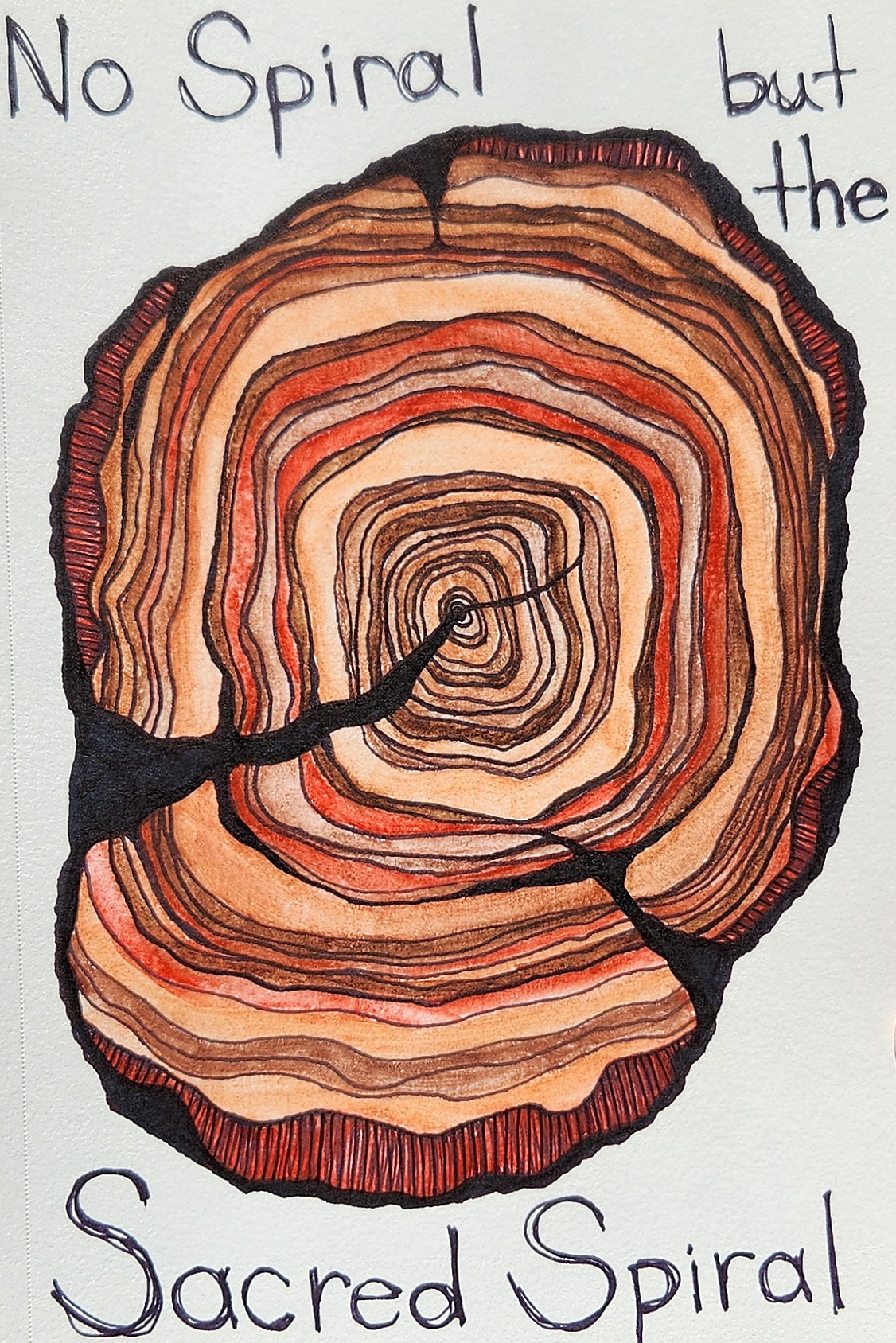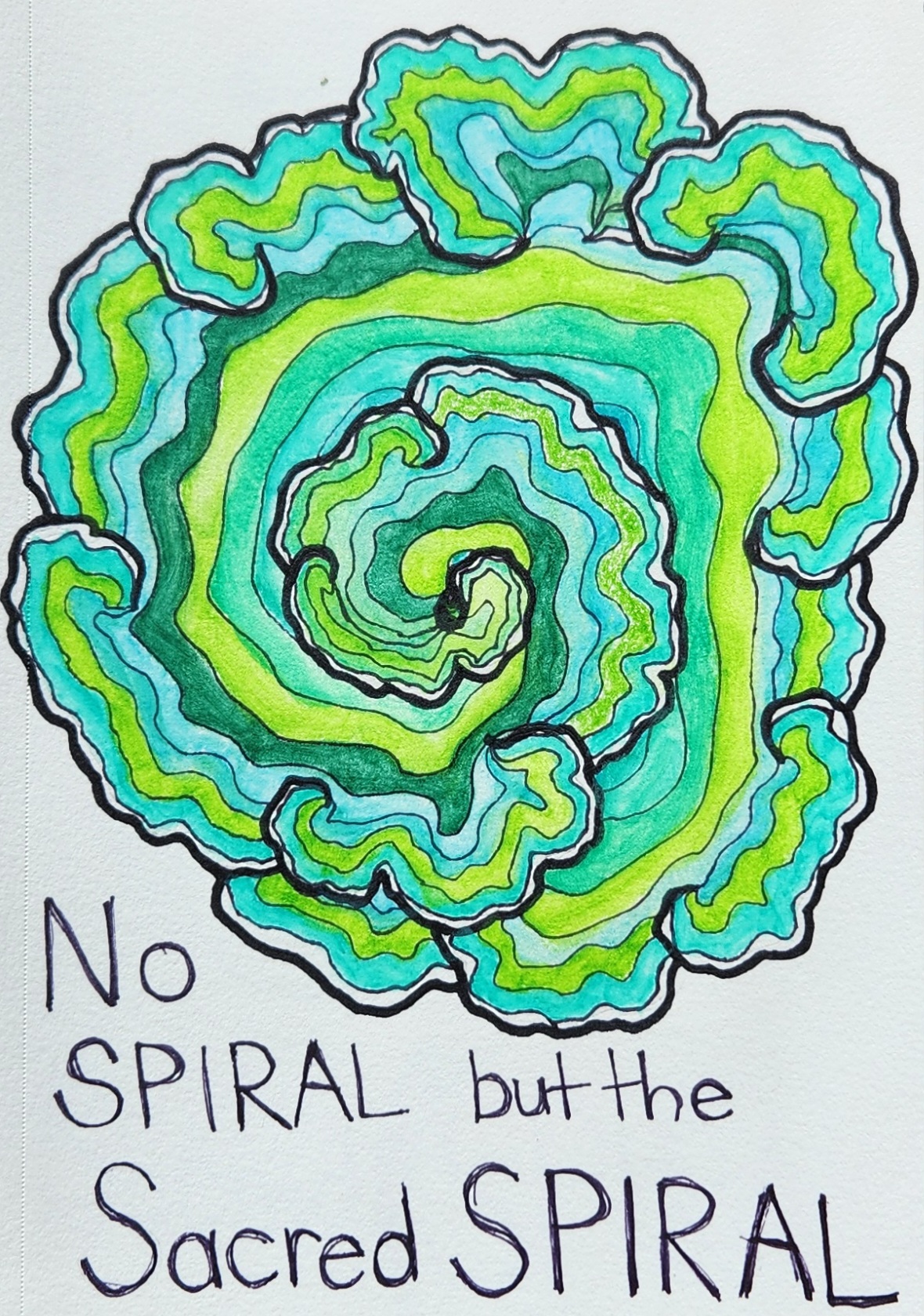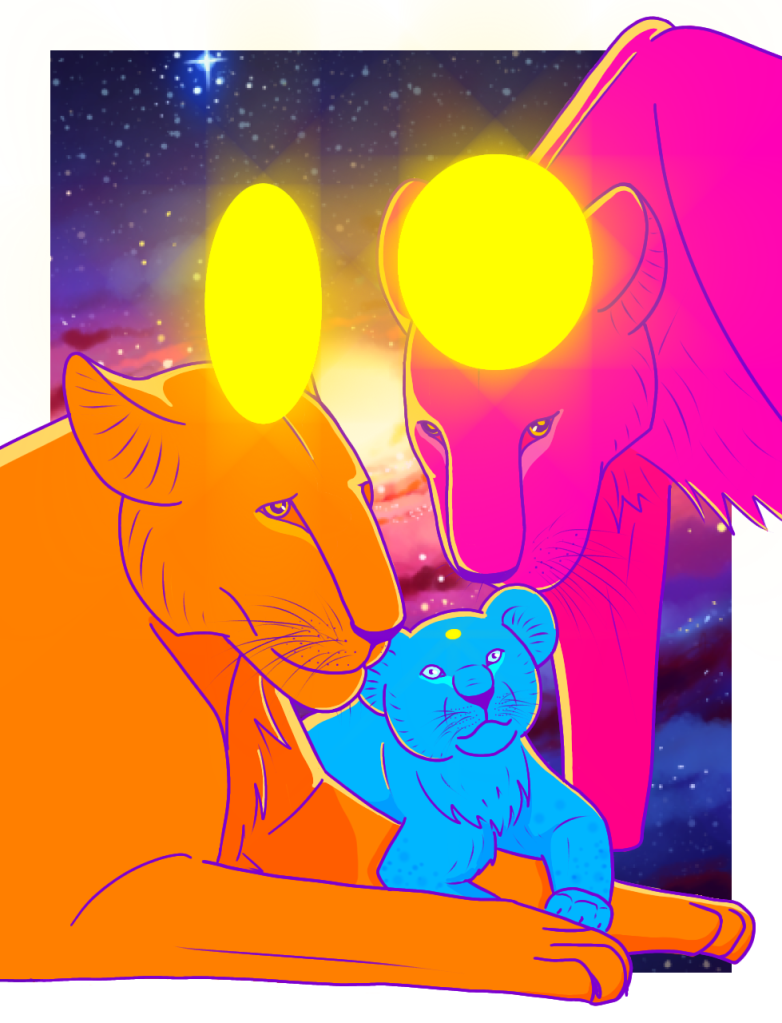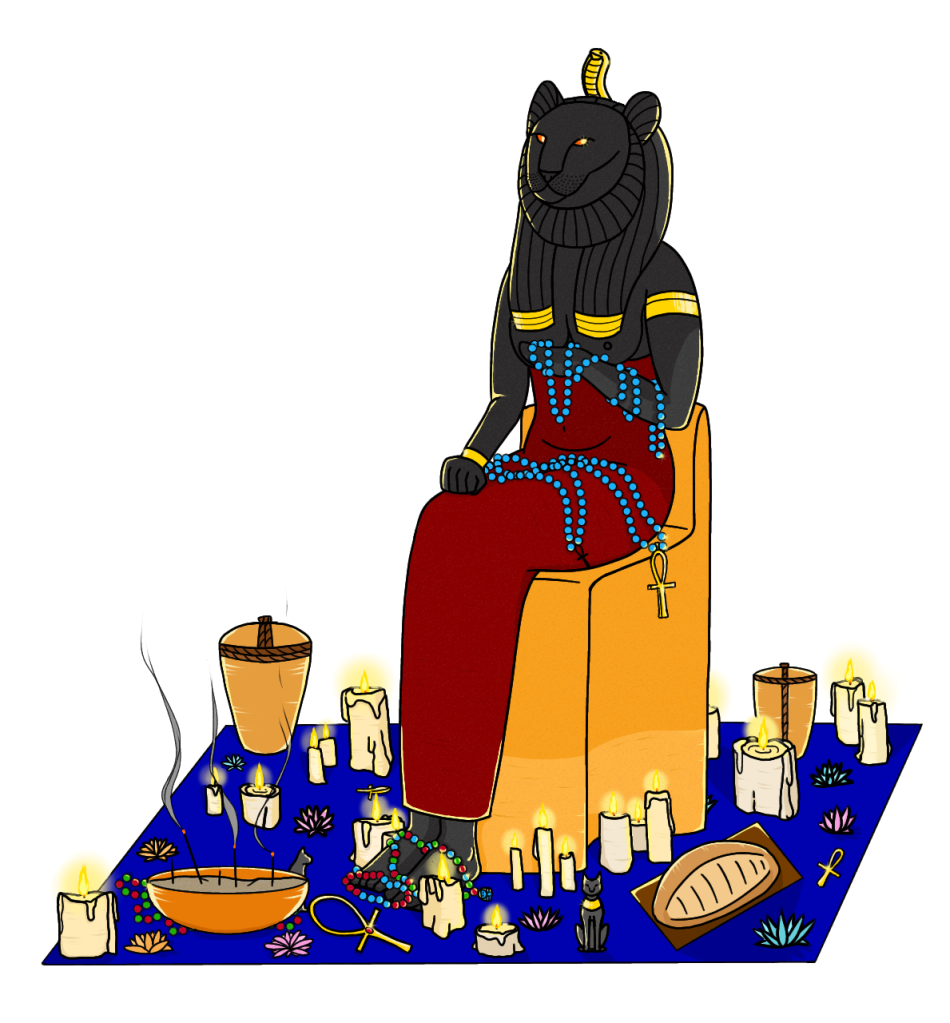On Inclusion, Exclusion, and the Stories We Tell
(The third of my seminary reflection papers)
As a lifelong writer and seeker of stories in all their varied forms, the ChI Cultural Foundations course spoke to me on so many levels. For this paper I therefore want to focus on storytelling: on the stories we tell, who they include, who they exclude, and how they shape our perception of the world around us.
What I vibed with in the readings:
Something I found fascinating in many of the readings for this class was how often I saw clear parallels with the queer community. This was very apparent, for example, in the third chapter of Injustice and the Care of Souls titled, “Engaging Diversity and Difference: From Practices of Exclusion to Practices of Practical Solidarity.” In this chapter Brita L. Gill-Austern discusses four forms of the violence of exclusion: expulsion, assimilation, subjugation of the other, and exclusion by the indifference of abandonment. While it is easy to see how this exclusion can be perpetrated by the dominant majority (whether that’s racial, religious, sexual, gender, etc), these same forms of exclusion are also frequently perpetuated within minority groups. In an essay titled “Plural America Needs Myths” in response to Eboo Patel’s book Out of Many Faiths: Religious Diversity and the American Promise, Laurie L. Patton muses, “Why include others when we are worried about our own rights being trampled and, in many cases, keeping our community safe? […] Relatedly, there is a fear of admitting the pluralism within one’s own community, for it would undermine the idea that, in an American democracy, a community is coherent enough to claim an identity, and that identity and members of that community should be respected.”
Online queer spaces are a prime example of this painful friction, as they can be either incredibly welcoming or incredibly hostile depending largely on whether those in the space consider your identity valid and acceptable. Less common queer identities, such as asexuality/aromanticism and bisexual lesbians, have long been stigmatized in online circles. This has escalated to the point where some online queer people proudly identify as ‘radical exclusionists’ and bully the most vulnerable in their own community, going so far as sending death threats and urging people (often teenagers) to kill themselves. These radical exclusionists believe they’re doing this to protect their community from interlopers who make it ‘look bad’ to the cishet majority and steal valuable resources from those who actually need them. Sound familiar? To balance this extreme gatekeeping in the queer community, others call themselves ‘radical inclusionists’ and take a far more open minded approach to which identities are included under the queer umbrella. People like this believe in ‘good-faith’ identification, meaning we accept a person’s identity at face value under the assumption that they identify the way they do because they know themselves best. Excluding them based on that identity, or trying to change that identity because we think we know better, is both cruel and pointless.
This goes for all identities commonly policed both outside and within their communities, not just queer identities. Racial and religious identities are similarly policed, and almost always to their detriment. Thus when Sarah Gibb Millspaugh writes, “We are called to seek justice, to work for radical inclusiveness,” I feel that in my bones. In my heart. In my soul. I’ve seen countless instances of the misery radical exclusion causes, and have been on the receiving end of these attacks; never have I seen the violence of exclusion contribute to the safety or happiness of the community it purports to protect. What harms one harms us all.
The antidote to this fear-driven exclusion, as many of the readings for this class highlighted, is dialogue with the other. As Eboo Patel writes in Out of Many Faiths, “Dialogue, as simple as it sounds and as hard as it is to structure well, goes a long way toward stripping away the blinders of our identity-based stereotypes in order to see others for what they are and see ourselves as we are viewed by others.” It is so easy to fear what we don’t understand and to hate what we fear, but when we connect with the other we lose the little pilot flame that fuels both the fear and the hatred. Heck, even just knowing that we all fall prey to that instinctual fear is something that can bring us together, or at least help us find common ground.
What I struggled with in the readings:
The stories we tell, whether we mean them to be or not, are always biased to some degree. After all, we want to protect our communities, our identities, and sometimes we do that on a completely unconscious level through storytelling and the blending of fact and fiction. When a story is biased toward us, it can be hard to sense that bias because it feels instead like neutrality; yet when the story is biased against us, that bias bites quick and deep. We have to be critical of the media we consume and question assertions that sound a little too good to be true, especially when they aren’t supported by hard evidence, because we never know what biases we’re pushing and how they might harm someone else.
Let’s take, for example, something mentioned in New Monasticism: An Interspiritual Manifesto for Contemplative Living by Rory McEntee and Adam Bucko. I already wrote a fairly lengthy blog post about my issues with their claims that an ‘Axial Age’ generated some global revolution of human consciousness, so I won’t get too detailed here (lucky you!), but I think this quote is a good example: “What was this revolution in consciousness? It was the emergence of an individualized consciousness, one which allowed human beings for the first time to think apart from the “tribe.” […] …and it is here that the basis of science develops as people for the first time could stand apart from nature and look upon it as an object. Monastic spirituality wasn’t possible before [800-200 BCE] because primal people’s consciousness could not sustain it. […] It is also here that one is able for the first time to criticize social structures and injustices, as seen among the Jewish prophets who emerge in this period. […] Pre-Axial consciousness was not individualistic; it was tribal, seamlessly connected to the cosmos, nature, and the collective. It had no perspective of itself as separate from nature or from the tribe.”
Depending on your perspective, this quote might seem innocuous or might set off alarm bells. It certainly has some major red flags for me. After all, the authors seem to be claiming that before 800 BCE, humans were too ‘primal’ to have the cognitive function necessary to 1) see themselves as individuals, 2) see themselves as separate from nature or the tribe, 3) create lasting works of art, and 4) understand the concepts of science, social justice, or monasticism. This despite all the unbelievable works of human societal ingenuity that remain with us from before 800 BCE: the pyramids of Egypt, the Sphinx, Gobekli Tepe, Stonehenge (to name just a few), and all the ancient cultures which developed complex mythologies of justice and balance around which their laws revolved. The quote, quite simply, is ahistorical and unintentionally racist. However, if you come from a monotheistic background, especially a Caucasian and/or Western one, it probably sounds completely harmless – which is why we have to challenge our own biases and assumptions.
Similarly, our biases can drive us to see a benefit to assimilation or to a pluralism that still uses the majority as the umbrella under which all other identities reside. In the United States, for example, this results in interfaith spaces that still have a decidedly Christian/monotheistic vibe. I therefore very much appreciated Eboo Patel’s quoting of Stephen Prothero when he writes that Prothero, “calls the idea that religions are mostly alike and all paths up the same mountain ‘pretend pluralism,’ a notion that might make us feel good on the surface but at its core is ‘dangerous, disrespectful, and untrue’.”
I agree also with Patel’s argument for a civil religion or overarching civil mythology which helps bind us as a nation together, though I agree with some of the other essayists in the same book who point out flaws in his argument. John Inazu eloquently spoke to Patel’s over-optimism in his essay “Hope Without a Common Good” where, for example, he stated, “The attempt to neutralize the power of the Christian symbol of the cross in the service of national unity should concern Christians and non-Christians alike.” The idea that symbols like the cross are theologically neutral comes from existing in a predominantly Christian society; it shows once more our bias and what stories we take for granted as part of everyone’s lives.
What this may mean for my future work:
In Chapter 3 of Injustice and the Care of Souls, Gill-Austern poignantly states, “Partnering begins with the humility to know that we do not know what is best for the other.” I think this is a core part of ministry: recognizing not only your own biases and preconceptions, but that you can never know what is best for someone else. You can only help guide someone on their path, providing support and insight as needed, and hope they find what they are seeking. There is a greater lesson in this as well, of course; in all aspects of our lives, a little humility can go a long way toward fostering more harmonious relationships with others. This is especially important in any situation where we hold a degree of power over another and thus even our best of intentions can come off as controlling, domineering, or paternalizing. For example, I have to be aware of this constantly in my work in emergency management since I represent the state of Washington. When I am interacting with our local jurisdictions and especially with our local tribal nations, I am careful to conduct myself in such a way that it never seems like I am telling them what to do or what is best for them. Even well-meaning advice can sound like a command when it comes from a government employee, after all.
Something else I take away from the readings as being an important component of ministry is a quote from Inazu: “We can find common ground even when we don’t agree on a common good.” Common ground is found in that space where we have set aside our personal goals and have come together simply to understand each other better. This sounds simple, but of course it can be the hardest thing we ever attempt. If we struggle to find common ground with people within our own communities, who have so much in common with us, how much harder is it to find common ground with those who are not just the other, but often even the persecutor? This is something I struggle with constantly, especially when it comes to people or groups who have shown little desire or effort to understand me and mine. Extending understanding to someone can leave you feeling vulnerable or like you have betrayed those they harmed; to make this effort and then have it come to naught because the other person refuses to attempt a similar understanding is an outcome I think we all fear deep down. So how do we overcome this gap?
“You overcome story with story,” Eboo Patel writes, quoting Martin E. Marty. “You break the spell of myth with another myth.” This, I firmly believe, is how we come together, and is the role my ministry is meant to play. Humans are natural storytellers, even if most of us never really think about the role stories play in our lives or the many forms stories can take. My work, for example, involves telling stories – cautionary stories of past disasters and natural hazards, scary stories about the consequences of inaction, and empowering stories of ordinary people doing extraordinary things in times of danger. Telling stories is also a vital aspect of paganism, and many pagans like myself use storytelling to share experiences of our gods, guides, and ancestors. Likewise, the queer community uses storytelling to keep alive the memory of those who came before, to dream together a better future, and to build a network of support. And as disparate as these communities all are, their stories still contain many of the same narratives and connect in more ways than you might initially think.
Storytelling brings us together. Shared mythology unites us. It need not be religious – look at how stories like the sinking of the Titanic or the ‘boy king’ Tutankhamun fascinate us on a grand scale decades, centuries, and millennia later. Can they not be part of our shared mythology too? I think they can. I think they all can. So why not bring people together and simply ask, “What is the story that drives you?” – and find the common ground between us all?

